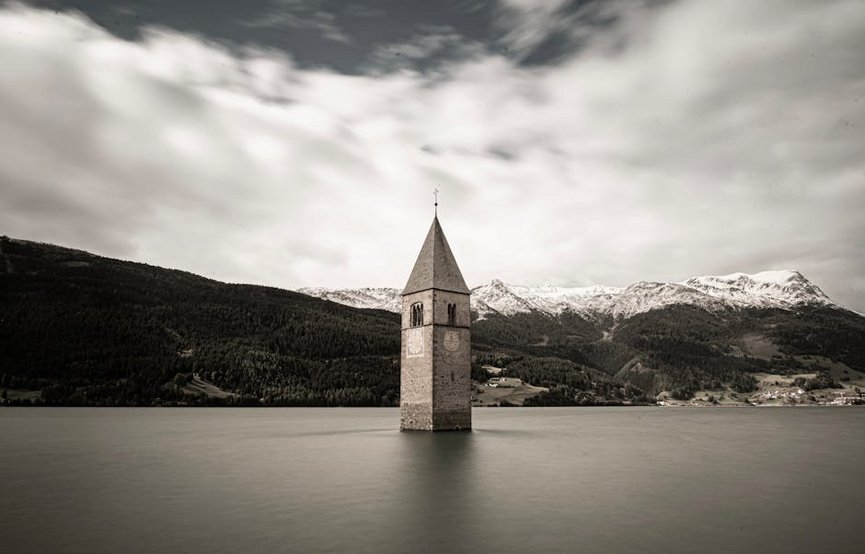Palau Jellyfish Lake Swimming: A Unique Marine Adventure
Palau Jellyfish Lake swimming offers a rare opportunity to float among millions of harmless golden jellyfish in a secluded marine lake. This UNESCO World Heritage site within the Rock Islands provides a surreal experience where you can observe these creatures up close without stings. Your guide covers essential planning, safety tips, and how to maximize this unforgettable aquatic adventure.
Essential Jellyfish Lake Information
Jellyfish Lake, known locally as Ongeim’l Tketau, formed approximately 12,000 years ago when rising sea levels isolated a marine basin. This unique environment allowed jellyfish to evolve without predators, losing their sting over generations. The lake’s stratified layers create distinct ecosystems supporting the golden jellyfish population.
Access requires a permit from the Palau government to protect this fragile ecosystem, with daily visitor limits enforced. You’ll need reasonable swimming ability since the lake spans about 5 hectares with depths reaching 30 meters. Guided tours provide essential safety briefings and ecological context for your visit.
What You Need to Know Before Visiting
Prepare for these key aspects of your jellyfish lake experience.
- Purchase the mandatory Palau Pristine Paradise Permit costing $100 USD, valid for 10 days and required for all foreign visitors entering protected areas.
- Book with licensed tour operators who provide certified guides, snorkeling gear, and transportation from Koror, typically including lunch and additional snorkeling stops.
- Check current jellyfish population levels before booking, as seasonal variations and environmental factors can affect visibility and numbers significantly.
- Budget option: $150-200 USD includes basic group tour with shared equipment, packed lunch, and 2-3 snorkeling stops; save by booking directly with local operators and traveling in small groups.
- Mid-range option: $200-300 USD provides smaller group sizes, higher-quality gear, photographer services, and additional marine stops like Clam City or German Channel.
- Luxury option: $300-500 USD features private guided tours, premium equipment, gourmet meals, and combination packages including kayaking or cultural experiences.
- Palau Pristine Paradise Environmental Fee
- Lonely Planet Palau Travel Guide
Lake Conditions and Safety
The lake features a visible thermocline at approximately 15 meters where oxygen levels drop dramatically. Swimming remains safe in the upper layer where jellyfish congregate during daylight hours. Your guide will emphasize not diving below this boundary for safety reasons.
Water temperatures range from 79-84°F (26-29°C) year-round, requiring no wetsuit for most visitors. The one-kilometer swim round-trip takes about 45 minutes at a leisurely pace with frequent stops. Bring waterproof sunscreen and reef-safe products to protect the delicate ecosystem.
Marine Life and Conservation
Beyond the golden jellyfish, the lake hosts moon jellyfish and several endemic species found nowhere else. Conservation efforts include strict no-touch policies and controlled access to prevent ecosystem damage. Your visit directly supports preservation through permit fees and regulated tourism practices.
Jellyfish follow daily vertical migrations, moving across the lake surface in morning hours before descending slightly midday. This behavior creates optimal viewing conditions during morning tours when sunlight illuminates their golden bodies. Afternoon visits still offer good visibility with different lighting effects.

Alt: “palau-jellyfish-lake-swimming-golden-jellyfish-clear-water”
Palau Jellyfish Lake Swimming – Planning Your Trip
Proper planning ensures you experience this unique marine adventure at its best while respecting environmental protections. Booking several months ahead secures preferred dates during peak jellyfish seasons. Consider combining your visit with other Rock Islands attractions for a comprehensive Palau experience.
Budget approximately $150-250 USD per person for a full-day tour including transportation, equipment, and meals. The Palau Pristine Paradise Permit represents an additional fixed cost at $100 USD. Many operators offer package deals that include multiple snorkeling sites beyond just the jellyfish lake.
Physical preparation involves comfortable swimming ability and basic snorkeling skills, though life jackets remain available for all participants. Pack light, quick-dry clothing and waterproof bags for boat transfers between islands. Early morning departures help avoid afternoon rain common in tropical climates.
Best Time to Visit Jellyfish Lake
Visit between December and April for peak jellyfish populations and optimal dry season conditions with minimal rainfall. Daytime temperatures average 84°F (29°C) with water visibility exceeding 30 meters during these months. This period coincides with calmer seas for smoother boat transfers to the Rock Islands.
Shoulder seasons in November and May offer smaller crowds with still-excellent jellyfish viewing opportunities. July through October brings heavier rainfall but continues to provide good access, though occasional tour cancellations may occur during stormy weather. Check marine forecasts when booking during wetter months.
Budget Planning and Costs
Consider these tiered options for your jellyfish lake adventure.
Essential Preparation Checklist
Pack swimwear, quick-dry towels, reef-safe sunscreen, and waterproof cameras for documenting your experience. Bring cash for incidental purchases and tips, though major credit cards work for tour bookings. Ensure your passport has at least six months validity for entry requirements.
Book tours 2-3 months in advance for December-April visits, or 1-2 months for other seasons. Obtain travel insurance covering water activities and potential trip interruptions. Check vaccination requirements and COVID-19 protocols, which may include testing or documentation.
Top Rock Islands Attractions and Activities
The Rock Islands Southern Lagoon encompasses over 445 uninhabited limestone islands with pristine marine environments. Beyond jellyfish lake, you can explore hidden marine lakes, dramatic drop-offs, and vibrant coral gardens. Many tours combine multiple stops to showcase the area’s biodiversity.
Kayaking through the Rock Islands reveals hidden caves, secluded beaches, and mangrove channels inaccessible to larger boats. Several operators offer multi-day kayaking expeditions with camping on designated islands. This approach provides more intimate wildlife encounters and photographic opportunities.
Must-See Marine Highlights
Blue Corner presents world-class drift diving along a stunning coral wall frequented by sharks and large pelagics. The German Channel offers manta ray cleaning stations from November through April. These sites require advanced diving certifications but provide unforgettable underwater experiences.
Clam City features giant clams with vibrant mantles in shallow, protected waters perfect for snorkeling. Milky Way provides natural spa treatments with mineral-rich white mud from the lake bottom. These complementary attractions often appear on jellyfish lake tour itineraries.
Hidden Gems and Local Favorites
Long Lake requires a short hike but rewards with another jellyfish population in a more secluded setting. Ulong Island features beautiful sandbars and significant cultural sites from ancient Palauan civilization. These less-visited locations offer tranquility away from main tourist routes.
Local guides often know secret snorkeling spots with exceptional coral diversity and marine life encounters. Evening bioluminescence tours showcase glowing plankton in certain marine lakes during darker moon phases. These specialized experiences require advance booking through knowledgeable operators.
Cultural and Historical Sites
Ancient stone monoliths on several islands reveal aspects of early Palauan culture and mythology. The Belau National Museum in Koror provides context for understanding traditional practices and environmental relationships. These cultural elements enrich your understanding beyond marine attractions.
Traditional bai meeting houses demonstrate intricate storytelling through painted facades and architectural details. Several operators include cultural demonstrations like traditional dancing or craft workshops. These experiences connect visitors with living Palauan traditions.
Practical Palau Travel Information
Palau’s infrastructure centers around Koror Island, hosting most accommodations, restaurants, and tour operators. International flights arrive at Roman Tmetuchl International Airport (ROR), with connections primarily through Guam, Manila, or Taipei. English serves as an official language alongside Palauan.
The US dollar functions as official currency, with ATMs available in Koror and credit cards accepted at most established businesses. Electrical outlets use Type A and B plugs (110V, 60Hz), compatible with US devices. Mobile coverage exists in populated areas, though service can be limited on remote islands.
| Accommodation Type | Features and Locations | Price Range (USD/Night) |
|---|---|---|
| Budget Guesthouses | Basic rooms in Koror, shared facilities, local hospitality | $50-80 |
| Mid-Range Hotels | Private bathrooms, pool access, tour desk services | $120-200 |
| Resort Properties | Beachfront locations, spas, multiple restaurants, private transfers | $250-400 |
| Liveaboard Boats | All-inclusive diving, multiple daily sites, specialized itineraries | $300-500 |


